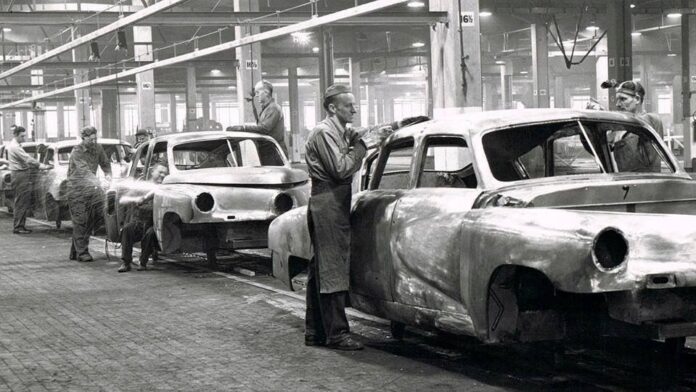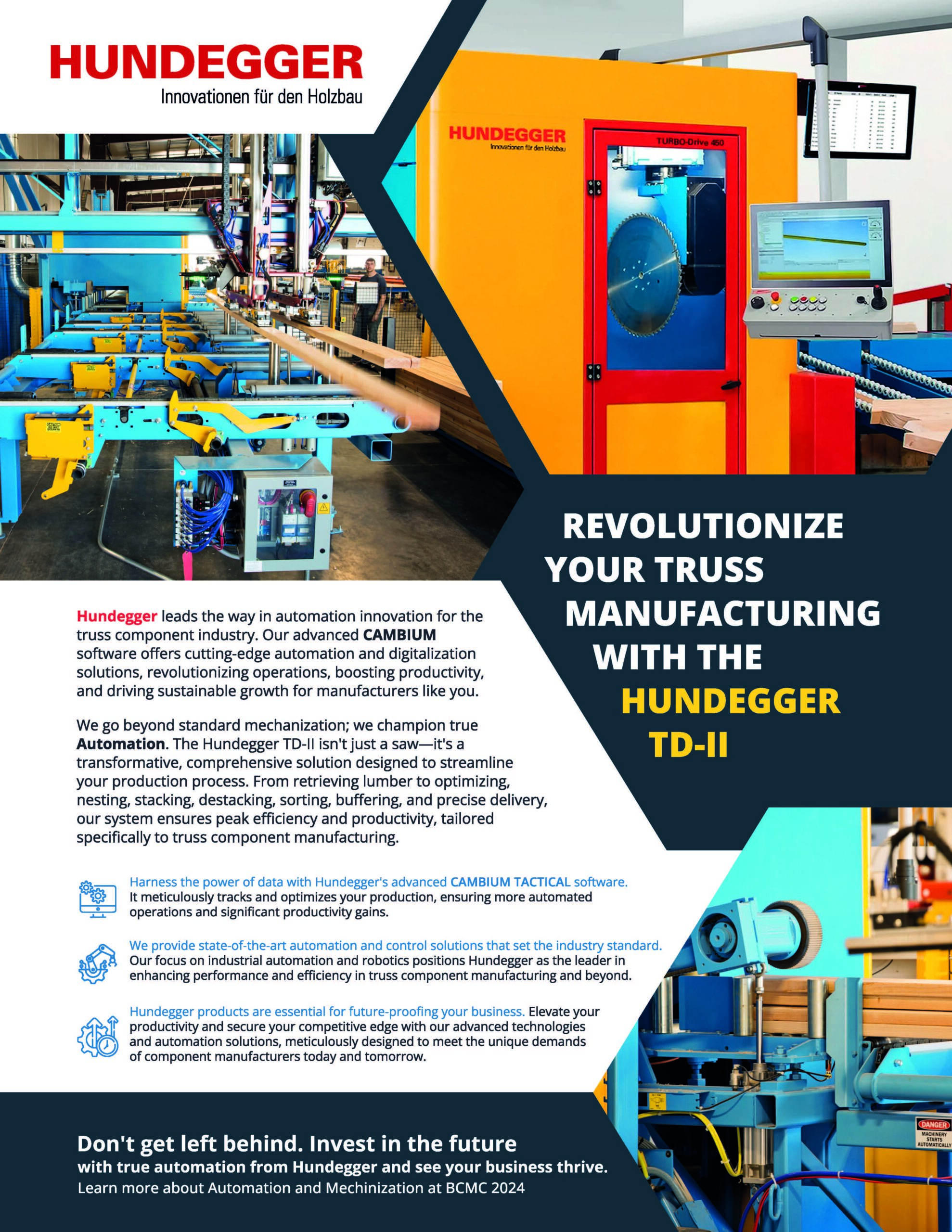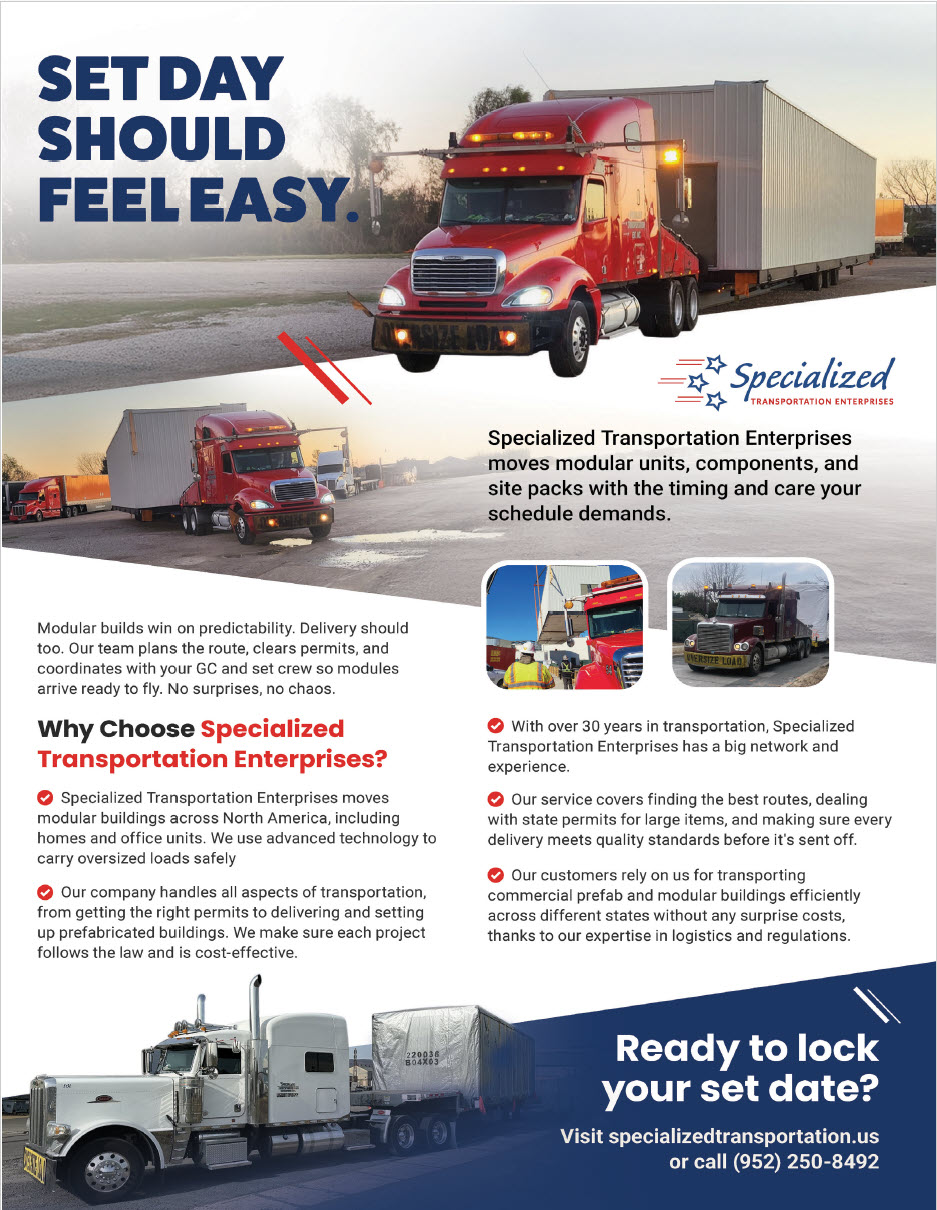A statistic I recently heard credited the top 10 US builders with 38% of all new single-family homes each year. With data for 2022 estimating new home starts at approximately 718,000 homes, that means the top 10 built approximately 272,000 of them.
The other 446,000 homes are distributed among about 30,000 small to medium-sized builders. Our industry is hyper-fragmented.
My wife and I recently watched the movie Tucker: The Man and His Dream. Released in 1988, it’s about Preston Tucker and a new car design that he created post-WWII. The movie was about his vision of innovation for the auto industry.
Tucker dreamed big. He was able to obtain the largest factory building in the world, the 475-acre (1.92 km2) Dodge Chicago Aircraft Engine Plant (later known as the Chicago Dodge Plant) from the War Assets Administration. (A prefabricated home company, the Lustron Corporation, had originally won the government award for the Dodge Chicago Aircraft Engine Plant before Tucker snatched it away.)
Tucker’s prototype car, the “Tucker Torpedo,” was a model of safety innovations. It included disc brakes, a padded dashboard, self-sealing tubeless tires, independent springless suspension, a chassis that protected occupants during a side impact, a roll bar built into the roof and a laminated windshield designed to pop out during an accident. It even had seat belts.
Unfortunately for Tucker, however, when the plant opened in 1947, safety wasn’t high on Detroit automakers’ priority list. Apparently, The Big Three (GM, Chrysler and Ford) thought that if automakers added things like seatbelts, the car-buying public would think that cars were dangerous and would not buy them.
In the 1940s, The Big Three, all of them publicly traded companies, accounted for 90% of all US car sales, with the rest divided among Packard, Hudson, Nash-Kelvinator, Checker, American Bantam/Austin, Studebaker, Crosley and Willys-Overland/Jeep.
Of course, publicly traded companies care about the next quarter — each quarter is the most important quarter in the company’s history. If a new car company offered innovative features that The Big Three would have to compete with, it would cost them billions and they were determined not to let that happen. They had to squash innovation because it would reduce their short-term profits.
Tucker had to be stopped. He was actually arrested and put on trial. What does this have to do with construction? The answer is that we can’t afford to let the big players in the industry squash offsite innovation. Offsite companies must strive to be successful Tuckers!
Innovation and productivity can solve the biggest challenges that builders and developers face, including the current worker shortage, the cost of materials and higher interest rates. But unlike a single Tucker challenging The Big Three automakers, today there are thousands of builders and developers challenging the top 10 builders.
Offsite construction is the key innovation that can help level the playing field in markets across the country. Who is ready to invest now for payoffs that will last decades?
By the way, Preston Tucker won his case, but lost his company.
If you liked this article, you can follow Ken Semler on LinkedIn, where he offers daily insights.

















